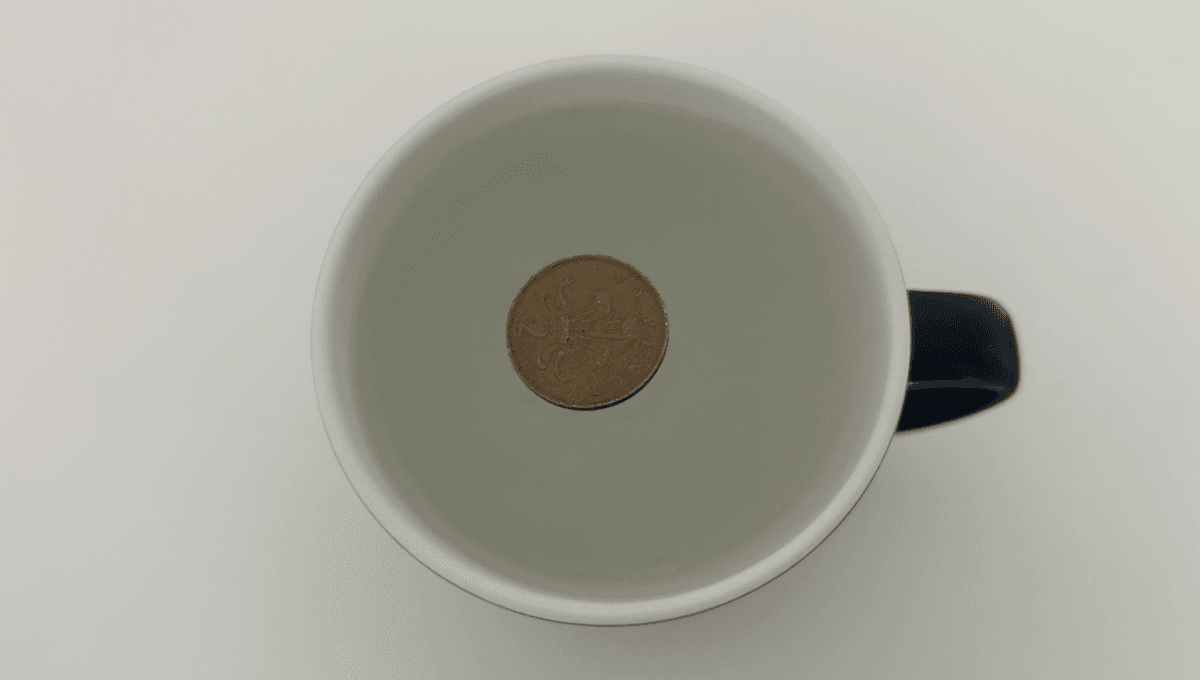
Picture this: you’re checking in on your parents’ house while they’re on holiday. The perfect time to raid their freezer for delicious goods, of course, but when you open the door in search of ice cream, you find something unusual – a frozen cup of water with a coin on top. Why on Earth is that in the freezer?
It may well be because of a “life hack” that’s been widely shared on social media and even local news that aims to let you know if your freezer’s lost power, and thus whether or not you should eat its contents.
The idea goes that you first fill a cup of some variety with water and pop it in the freezer. Once the water is frozen, pop a coin on top of it and then put it back in the freezer.
It’s generally suggested that if the coin has only sunk a little bit, the freezer hasn’t been off long and the food inside is safe to eat. If the coin is at the bottom, then you should probably throw the food out.
While this method has spread far and wide on the internet, it’s not necessarily the most reliable. After all, ice floats – if everything melts apart from a circle of ice below the coin, then refreezes, there’d be no indication from this “trick” alone that anything had even happened.
Food safety is no joke, so what are some better ways to figure out if a freezer might’ve lost power?
According to the University of Nebraska, one simple trick is to pop a couple of ice cubes into a sealed plastic bag or container. If the ice cubes stay as they are, the freezer either hasn’t been off or was only off for a very short amount of time. If the ice cubes have melted done, or been replaced by a solid lump of ice, then the freezer’s been off for an extended period of time.
You can also take a look at the actual food that’s in the freezer – does it still have ice crystals or still feel cold? For some foods, like ice cream, ice crystals suggest the freezer has defrosted and the dessert should be thrown out.
Can you see any mold, or smell anything that’s a bit funky (although that’s not always reliable)? Whatever you do, don’t taste it – if it has been thawed and refrozen, the prospect of food poisoning really isn’t worth the risk.
While the USDA states that, as long as the door stays closed, food can stay safe in a full freezer for up to 48 hours and in a half-full freezer for up to 24 hours, it also says “When in Doubt, Throw it Out”. In other words, if you aren’t sure about whether something is still good to eat, chuck it – it’s better to be safe than sorry.
Source Link: Why Are People Putting A Cup Of Ice With A Coin On Top In Their Freezer?